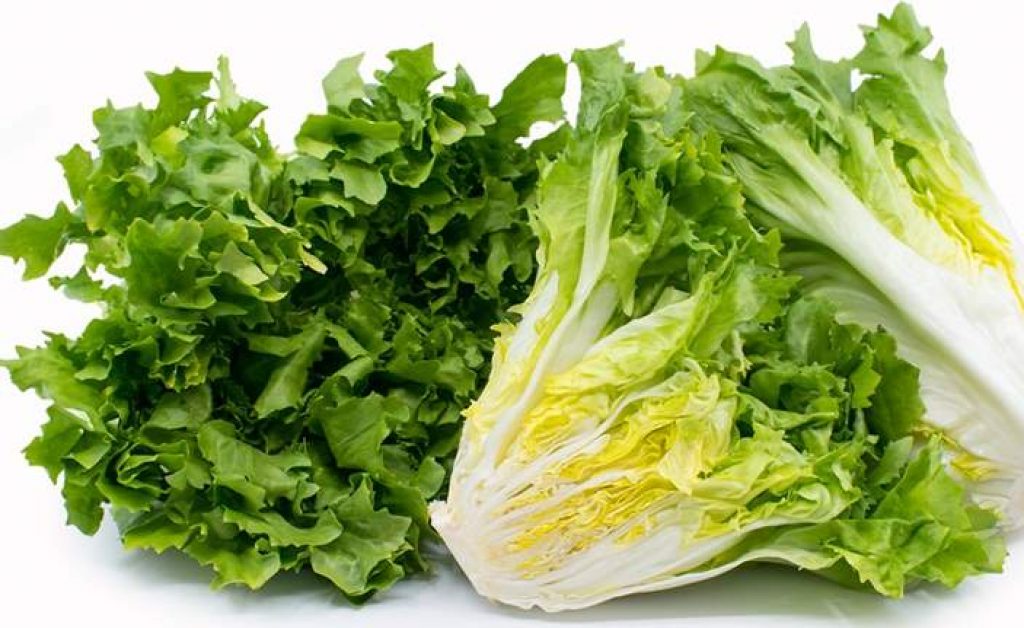Escarole is one of the Cichorium endivia (endive) variety, i.e., var. latifolia, which is less bitter than var. crispum (curly endive or frisée). It has other names or varieties going for names like scarola, scarole, grumolo, Batavian endive, and Bavarian Endive.
Can I feed it to bunnies?
Yes. Rabbits can eat escarole and any other vegetable in the genus Cichorium in moderation. It is not toxic or poisonous to these animals.

This vegetable is low in calories, rich in vitamins A, C, K, and folate. It also has zinc, copper, and iron, which are all vital nutrients that your furry friend needs. For instance, vitamin A will support eye health, and vitamin K ensures normal clotting, a healthy heart, and bones.
Also, escarole has antioxidants that will help create a normal antioxidant and free radical balance. One such antioxidant is kaempferol, which helps fight against inflammation. Did you know many chronic disease results in inflammation?
Feeding to your rabbits
Yes, the escarole vegetable is safe and healthy. However, one reason why your bunny may suffer from stomach problems like diarrhea, gas, bloating, and so on is giving them wrong diet portions or wrongly introducing new foods.
On amounts, it should be part of the leafy veggie mix you give your bunnies. Usually, your bunny needs about six different types, and escarole can be one of them. Please give them a packed cup of this veggie mix per two pounds of their body weight.
On introduction, go slow and introduce one food at a time. Your rabbit’s sensitive tummy needs to adjust to the new food. Begin with a very tiny amount, gradually increase it. If it causes stomach trouble, discontinue it.
Finally, ensure you go for harmful chemical-free organic escarole and don’t feed any molded one to your rabbits.
Keep right diet proportion
One key to a healthy rabbit is ensuring you feed them the right diet proportion where hay should be unlimited while greens, pellets, and treats should be 10-15%, 5%, 0-5%, respectively.
